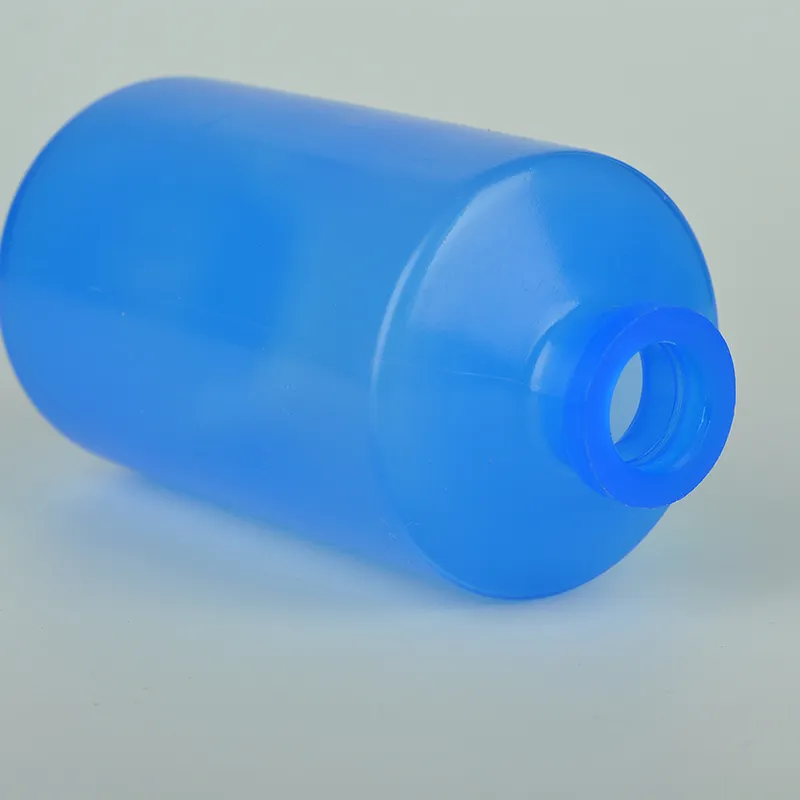https://www.wahmg.com/)">
Plastic Petri Dish with Lid for Laboratory Use and Sample Storage
Plastic Petri Dish with Lid for Laboratory Use and Sample Storage
The Versatility of Plastic Petri Dishes with Lids
In the realm of science and education, the plastic Petri dish with lid has emerged as an indispensable tool. These shallow, cylindrical dishes, typically made of clear polystyrene, are not just glass replacements; they offer distinct advantages that make them favorites for laboratory experiments, microbial culture, and educational demonstrations.
One of the primary features of plastic Petri dishes is their lightweight nature. This attribute makes them easy to handle and reduces the risk of breakage, a notable advantage over glass dishes. In environments bustling with activity, such as laboratories or classrooms, the convenience of using durable plastic cannot be overstated. Furthermore, the clarity of the plastic allows for unobstructed visibility, enabling researchers and students alike to observe their cultures without hindrance.
The Versatility of Plastic Petri Dishes with Lids
Beyond the educational sphere, these dishes are vital in clinical and research laboratories. They are commonly used to culture bacteria, fungi, and other microorganisms. The lids of Petri dishes play a critical role in preventing contamination and maintaining sterile conditions, which is essential for obtaining accurate and reliable results. Researchers can inoculate their media with different microorganisms while ensuring that external environmental factors do not compromise their samples.
plastic petri dish with lid

Moreover, the versatility of plastic Petri dishes extends to their compatibility with various culture media. From nutrient agar to potato dextrose agar, these dishes can accommodate a wide range of preparations tailored to different organisms. Researchers can choose the appropriate medium based on their specific needs, enhancing the efficacy of their experiments.
Another noteworthy aspect of plastic Petri dishes with lids is their disposability. While glass dishes require meticulous cleaning and sterilization processes, plastic alternatives can simply be discarded after use. This not only saves time but also minimizes the risk of cross-contamination between experiments. In an era where microbial safety is paramount, the ability to quickly dispose of used materials is a vital benefit.
In terms of environmental considerations, the rise of biodegradable plastics presents an exciting development. While traditional plastic is often maligned for its environmental impact, scientific advancements are paving the way for eco-friendlier alternatives that do not compromise functionality. This shift is particularly important as educational institutions and laboratories begin to adopt more sustainable practices.
In summary, the plastic Petri dish with lid stands as a pillar of scientific exploration and education. Its lightweight, durable design, compatibility with various media, and ease of use make it an essential tool for anyone from budding students to seasoned researchers. As innovations continue to emerge, including biodegradable options, these dishes will undoubtedly remain a fundamental element of laboratories and classrooms worldwide. With the capacity to foster curiosity and facilitate groundbreaking discoveries, plastic Petri dishes embody the spirit of scientific inquiry.
-
Wholesale Plastic Juice Bottles with Caps 16 oz Options Available Bulk Packaging SolutionsNewsJun.10,2025
-
Laboratory Apparatus Reagent Bottle – Durable & Chemical Resistant Bottles for Safe StorageNewsJun.10,2025
-
Squeezable Dropper Bottles Durable, Leak-Proof & CustomizableNewsMay.30,2025
-
Affordable Plastic Petri Plates Sterile & Disposable Lab-GradeNewsMay.30,2025
-
Eye Dropper Caps Precision 24/410 & Plastic Bottle-Compatible TipsNewsMay.30,2025
-
Affordable Mini Spray Bottle Price & Wholesale Deals Shop NowNewsMay.29,2025





















